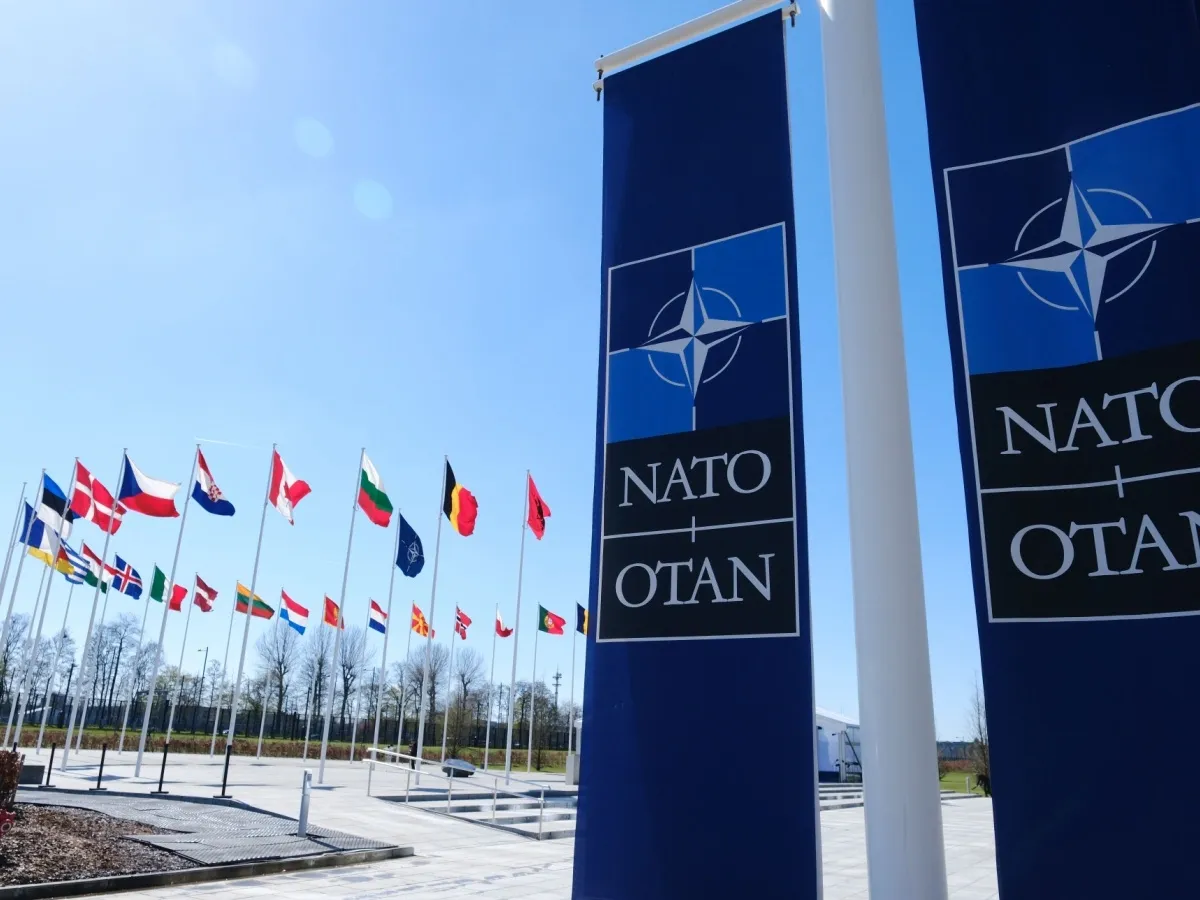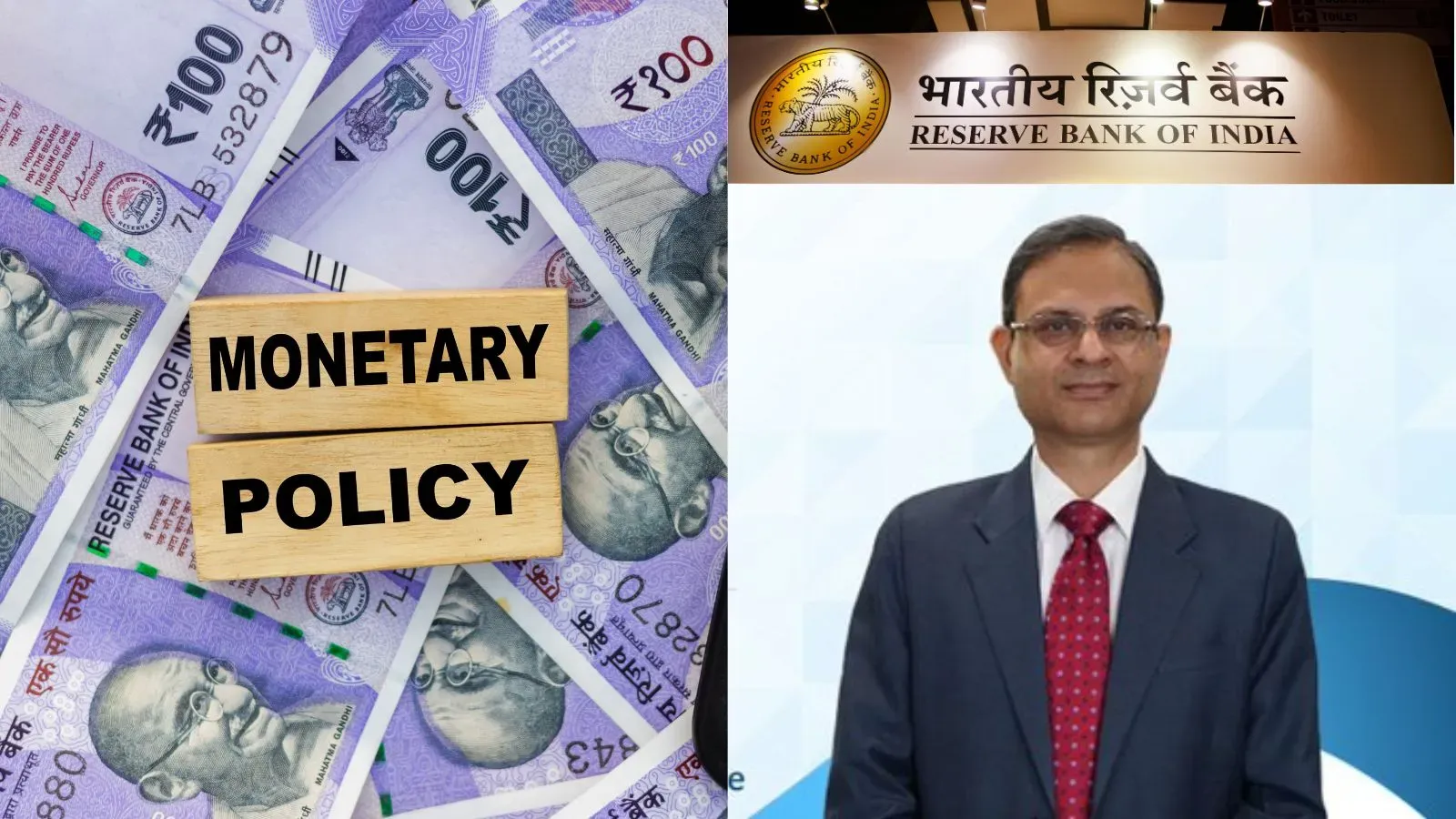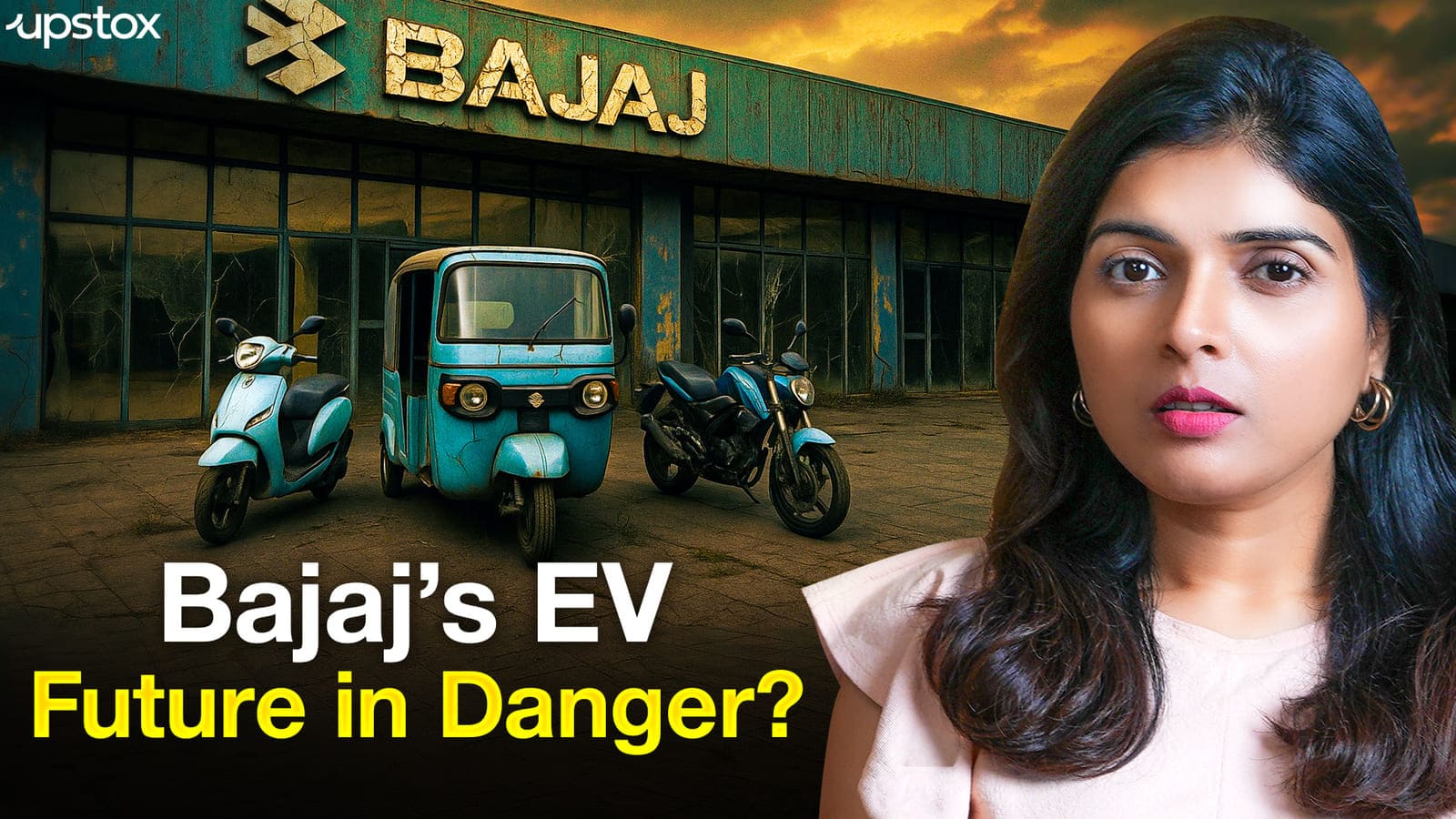Business News
NATO ups defence spending to 5% of GDP: Global implications and opportunities for Indian defence companies

4 min read | Updated on June 25, 2025, 20:30 IST
SUMMARY
The ongoing conflict between Russia and Ukraine and rising tensions in the Middle East have led to a new chapter in global defence spending, with NATO members pledging to increase their defence spending to 5% by 2035 from the current 2%. This latest development would also trigger a new arms race between all global powers to match their defence readiness.

NATO accounted for 54% of the global military expenditure in 2024. Image source: Shutterstock.
NATO (North Atlantic Treaty Organisation), a group of 32 member nations, decided on a major upheaval in their annual summit in Hague on Wednesday. The proposal demanded by President Donald Trump is to increase the defence spending to 5% of the GDP by 2035. NATO leaders backed this demand and assured commitment to defend each other in the event of an attack.
The demand for increased defence spending comes amid Russia’s aggression against Ukraine and other geopolitical threats. The shift to 5% from the current 2% marks a major development in global defence spending. The 5% defence spending would include 3.5% to core defence spending and 1.5% for security-related investments on protecting critical infrastructure.
The five-point press statement said, “We reaffirm our shared commitment to rapidly expand transatlantic defence industrial cooperation and to harness emerging technology and the spirit of innovation to advance our collective security”. They also aim to reduce the trade barriers between the member nations to promote defence industrial cooperation.
Who spends more
NATO nations are the biggest consumers of defence technology and contributed nearly 54% to the total global defence spending in 2024. According to the Stockholm International Peace Research Institute (SIPRI), global military expenditure in 2024 reached $2.7 trillion. NATO members spent $1.47 trillion, contributing nearly 54% of the total expenditure. In NATO, the US alone accounted for 66% of NATO’s total expenditure. The non-NATO nations and key geopolitical powers like China, Russia, Japan, India, Australia, South Korea and other small nations together spent 46% of the total military expenditure in 2024.
After the US, China spends nearly 1.3% to 1.5% of its GDP on military expenditure, making it one of the largest by value terms. India ranks fifth in defence spending, with 2.9% of the GDP spent on defence and military expenditure.
Wider implications
The latest development and the decision to increase the defence spending could risk creating an arms race between global superpowers to match the defence readiness amongst each other. With the regional conflicts erupting in almost every corner of the world, the demand for defence equipment and weapons is expected to increase. As NATO members pledge to increase their defence spending, it puts pressure on key powers in Asia-Pacific like China, India, and Japan to match their defence readiness. Nations, which are highly dependent on imports for their defence infrastructure, could see a strain on their budgets in order to match their defence targets.
What's in for Indian defence companies
Indian defence companies are already in the limelight due to the government’s focus on achieving self-dependence in defence infrastructure under their ‘Atmanirbhar Bharat’ initiative. India’s defence allocation has more than doubled from ₹2.5 lakh crore in 2013-14 to ₹6.8 lakh crore in 2025. However, the spending as a percentage of GDP has hovered around 2% of the GDP mark. In response to the increased spending targets by NATO nations, it may put pressure on the Indian government to increase its spending to match the global averages. Moreover, it also provides opportunities for Indian companies to participate in the potential global arms race efficiently.
Companies like Hindustan Aeronautics, which manufactures aircraft and helicopters, Bharat Dynamics, which manufactures missiles, rockets and other surface-to-air missiles like Pinaka and multi-barrel rocket systems, could see strong demand from importing nations.
Apart from these companies, shipping companies, drone manufacturers, radar systems, and critical defence equipment manufacturers may see strong demand as well.
In summary, the global arms race initiated by the US through NATO to benefit its defence giants like Lockheed Martin (the World’s largest defence contractor), General Dynamics, Boeing and others is expected to benefit global defence players and keep the conflicts heated to support the purpose.
By signing up you agree to Upstox’s Terms & Conditions
About The Author
Next Story

